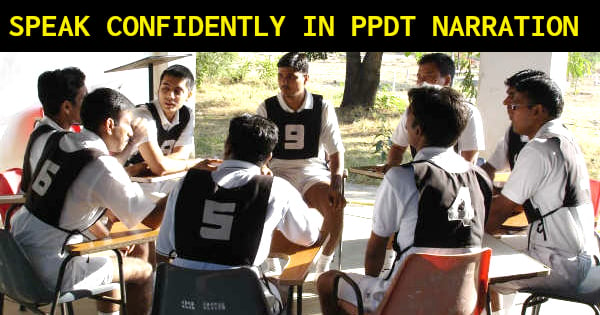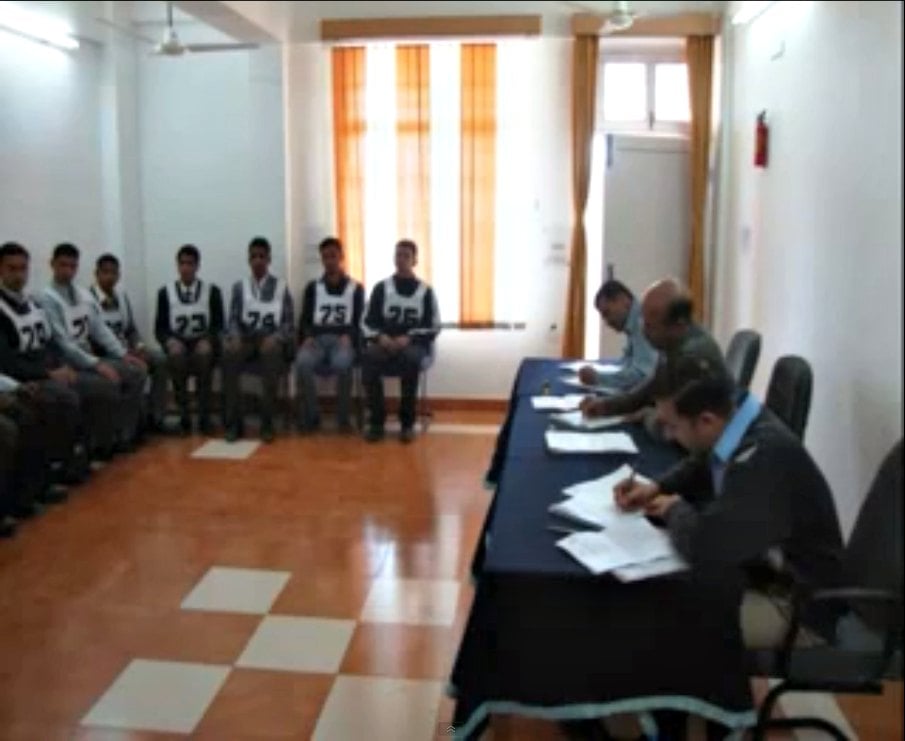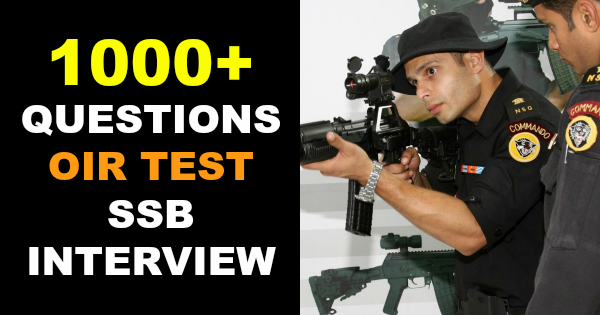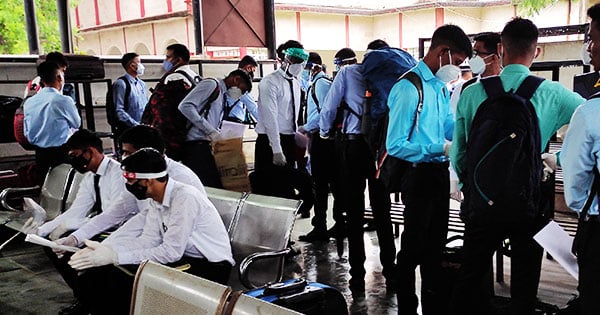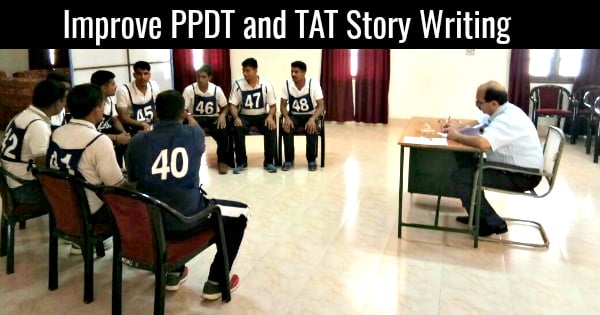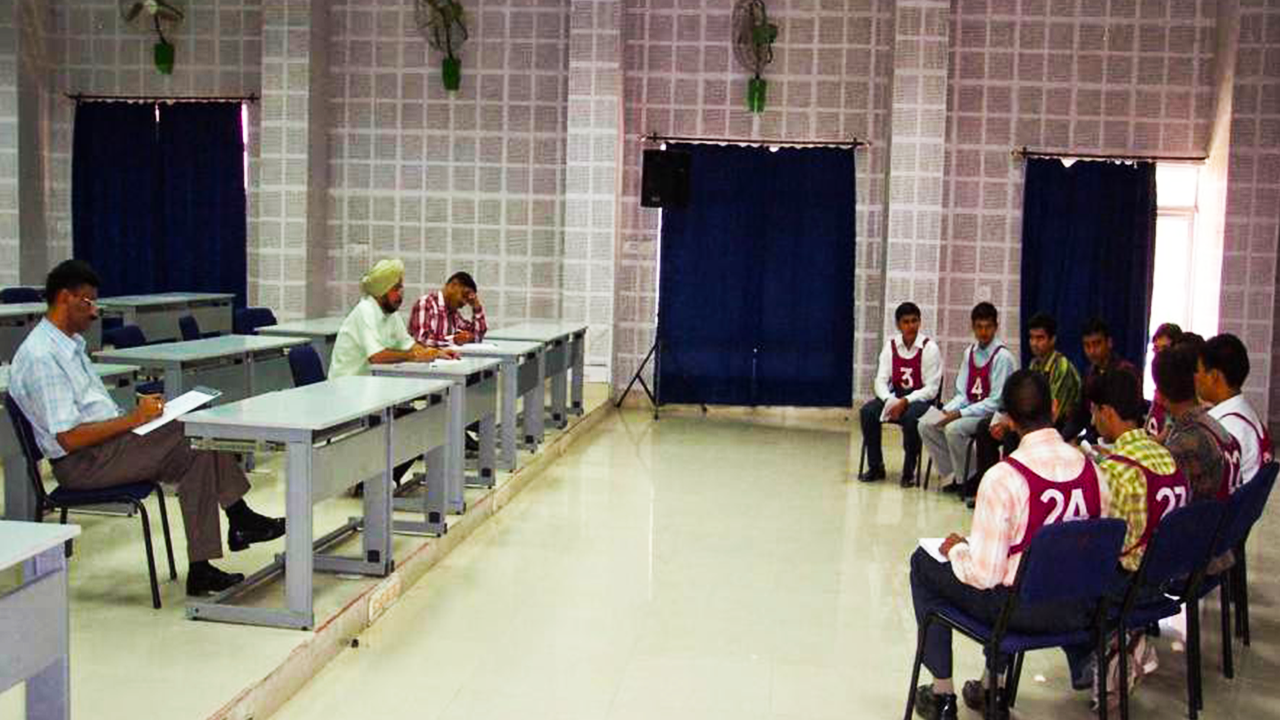The Picture Perception and Description Test (PPDT) stands as a pivotal component of the Stage-I screening series, conducted on the first day. This test encompasses story writing, narration, and a group discussion (GD). While story writing is frequently highlighted as a critical part of this exercise, the act of public speaking — including both narration and group discussion — holds equal significance. Many individuals report that the thought of speaking in front of an audience triggers anxiety, making it one of the most common fears. Despite this, public speaking remains one of the most sought-after skills in today’s professional landscape.
It’s not uncommon to experience anxiety at the thought of standing before others, whether for an interview or a presentation. Studies suggest that approximately 75 percent of adults grapple with the fear of public speaking. Acknowledging that nerves can be transformed into a source of energy may enhance both physical and mental performance, improving one’s ability to convey ideas effectively.
Choosing not to confront such fears might seem like an easier path, but those who face them typically develop a deeper sense of accomplishment and pride. For many, overcoming the dread of speaking in public involves a few strategies and consistent practice. Below are ten actionable tips designed to help ease nervousness and promote confident, fluent speech during the PPDT.
-
Admit Nervousness: Understand that even seasoned speakers experience nerves. Rather than attempting to banish these jitters, redirect that energy to enhance your delivery. The narration in the PPDT is brief, lasting only about a minute, making it manageable.
-
Prepare: After completing the picture perception section, use your time wisely to practice narrating your story internally. Preparation builds confidence and typically results in a more polished performance.
-
Breathe: Before you begin your narration, take a moment to center yourself with three slow, deep breaths through your nose. As you exhale, mentally affirm, “Relax.” This can calm your nerves significantly.
-
Remember Your Story: Be clear about your narrative and its purpose. Familiarity with your story is essential; often, candidates stray from what they initially intended to convey. Stay focused on the main points of your story as you narrate.
-
Rehearse: If you have time, practice your narration aloud multiple times, ideally 5-6 rounds. Avoid rote memorization; instead, aim for a conversational flow, as if you’re explaining it to a friend.
-
Connect With Your Audience: Engage your peers before your turn to narrate. Establish a rapport with them, and make eye contact while speaking. When you perceive your audience as allies, the experience becomes less daunting.
-
Focus on Your Audience: Anxiety often stems from self-centered thoughts like “How am I doing?” Shift your attention toward your audience. Gauge their reactions to determine if your message is resonating with them.
-
Simplify Your Message: Many candidates attempt to include too much in their narration, which can lead to confusion or loss of focus. Instead, aim for clarity and brevity. Communicate your story effectively using straightforward language.
-
Visualize Success: Prior to the SSB, engage in relaxation techniques. Find a quiet space, breathe slowly, and visualize yourself speaking confidently. This kind of mental rehearsal can significantly affect your performance.
- Act Confident: Remember, your audience won’t recognize your anxiety unless you express it. Present yourself confidently: smile, stand tall, and engage with composure, even if you’re feeling nervous inside.
Practice is essential for mastering public speaking. Make it a routine to rehearse in front of a mirror while paying attention to your posture, body language, and gestures.
By incorporating these strategies, candidates can significantly enhance their performance in the PPDT and approach public speaking with newfound confidence.
